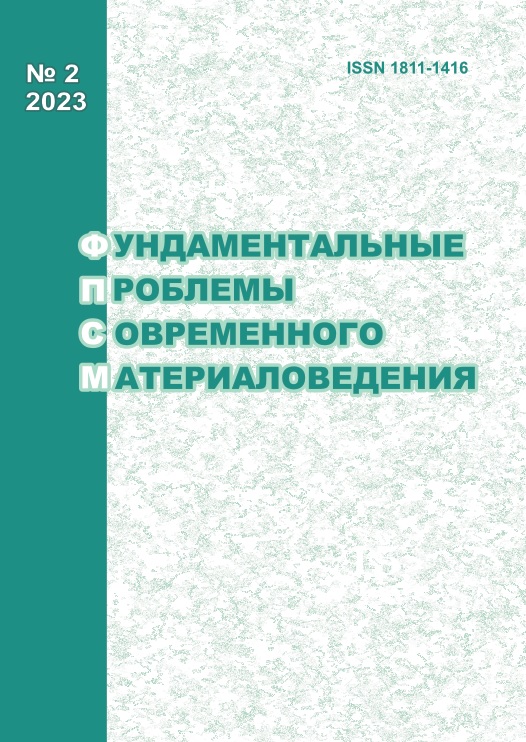FORMATION OF INTERNAL STRESS FIELDS ON THE RAIL SURFACE DURING OPERATION
10.25712/ASTU.1811-1416.2023.02.011
Keywords:
excess dislocation density, internal stress fields, surface, rails, electron microscopyAbstract
For two rails with a carbon content of 0.74 % mass and 0.91 % mass of categories DT350 of general purpose and DT400IK of increased wear resistance and contact endurance aftera passed tonnage of 1770 million tons (for DT350) and 187 million tons DT400IK (1) and 234 million tons DT400IK (2) the level of microscopic internal long-range stress fields sд on the tread surface and working fillet was determined. For this purpose, the bending extinction contours were analyzed by means of transmission electron diffraction microscopy, the parameters of which were used in calculating si. The presence of excess extinction contours indicates the bending-torsion of the lattice, which is characterized by the excess density of dislocations. A comparison is made with other methods for measuring internal stress fields at the meso- and macro- levels (optical and magnetic methods, X-ray diffraction analysis), which are integral. It is shown that the parameters of the bending extinction contours are the most informative and allow one to control the locality of the measurement sд. Sources of internal stress fields in rail steels are noted. An increase in the level of sд in D400IK rails in comparison with rails of the DT350 category was revealed. The growth of the passed tonnage for rails of category DT400IK leads to an increase in sд, while the values of internal stresses on the fillet surface exceed the corresponding values on the tread surface. The physical causes of the observed changes are discussed.











 Journal «Fundamental’nye problemy sovremennogo materialovedenia / Basic Problems of Material Science»
Journal «Fundamental’nye problemy sovremennogo materialovedenia / Basic Problems of Material Science» This work is licensed under a
This work is licensed under a 
